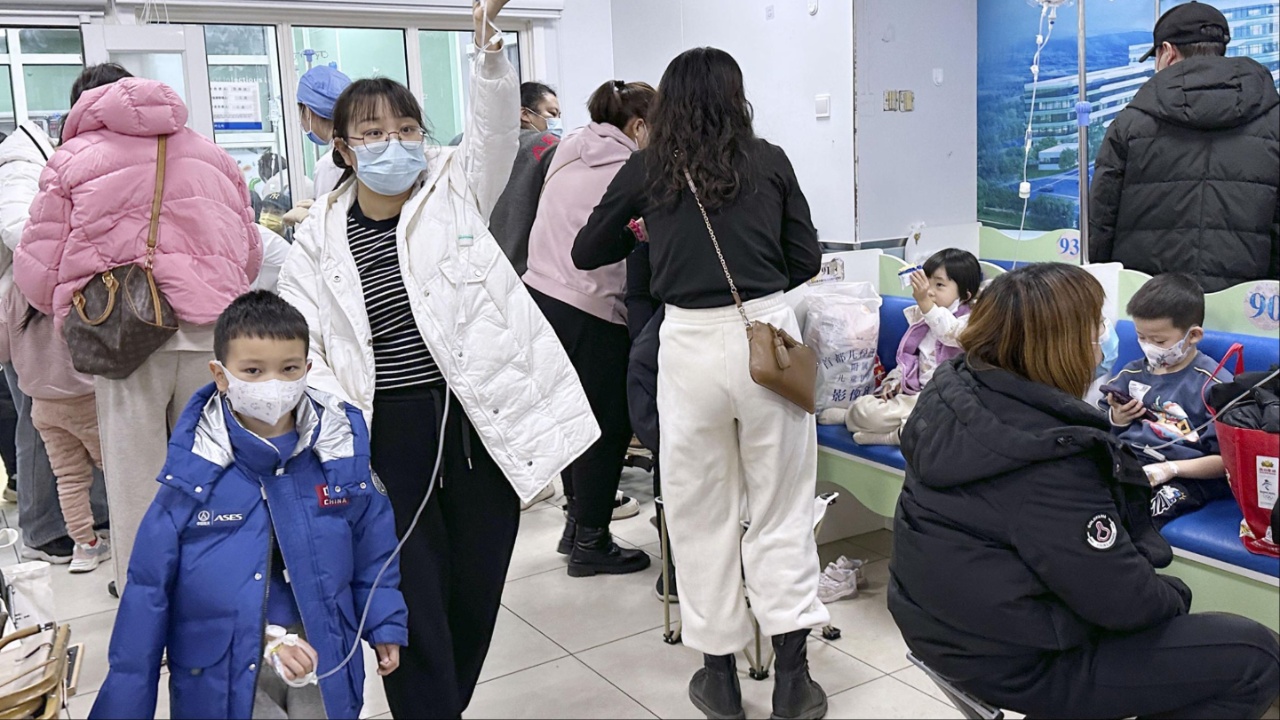The Centers for Disease Control and Prevention (CDC) has issued a warning regarding a notable increase in cases of respiratory syncytial virus (RSV) and mycoplasma pneumonia, commonly known as “walking pneumonia,” particularly among young children. The rates of these respiratory infections are higher than seen in recent years, with a concerning trend of walking pneumonia affecting infants and toddlers at earlier ages.
While this situation could lead to a season filled with respiratory illnesses for many families, experts believe that these trends align with what is expected for this time of year, and they do not consider it a significant cause for alarm.
As of October 18, the CDC reported a rising number of walking pneumonia cases, especially among preschool-aged children. The increase in cases, which began in March and peaked in August, has been particularly striking in toddlers aged 2 to 4 years. Data shows that the percentage of hospital discharges for walking pneumonia in this age group rose from 1% at the end of March to 7.4% by early October.
Additionally, older children aged 5 to 17 also experienced an increase, with rates climbing from 3.6% to 7.4% over the same period. Meanwhile, the RSV season is just starting, but there are already indications of heightened activity in the southeastern United States.
Experts attribute these rising infection rates to several factors, primarily linked to changes in exposure patterns due to the COVID-19 pandemic. RSV typically peaks in December, but since the onset of the pandemic, it has started occurring earlier in the year.

Dr. Larry Kociolek notes that babies born during COVID precautions missed early exposure to infections, resulting in an earlier onset of RSV this year, which aligns more closely with historical patterns. Furthermore, Dr. Preeti Sharma explains that higher rates of walking pneumonia among young children this year can be attributed to increased exposure to pathogens, especially from school-age siblings who bring these infections home.
The rise in walking pneumonia, particularly in children aged 2 to 4, is part of a broader post-pandemic trend. Dr. Sharma highlights that this increase is not unusual, as cases tend to surge every few years, and the current spike is occurring among younger children than seen in past years. Walking pneumonia is highly contagious, spreading through respiratory droplets, and it is often characterized by symptoms that develop two to four weeks post-exposure. Although walking pneumonia poses little severe risk on its own, it contributes to overall concerns regarding respiratory illnesses in young children.
Fortunately, effective treatments and preventive measures are available for both RSV and walking pneumonia. RSV usually results in mild cold-like symptoms in older children and adults but can lead to severe infections in infants. Preventative measures include vaccination during pregnancy and antibody injections for infants under 19 months.
In the case of walking pneumonia, while the name might be alarming, it typically leads to manageable symptoms similar to those of a cold. Dr. Sharma recommends seeking medical attention for persistent coughs in children, as timely treatment with antibiotics can effectively manage mycoplasma pneumonia.
